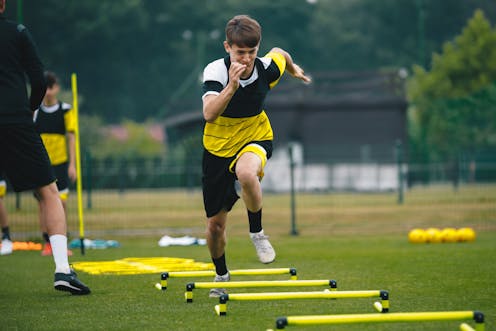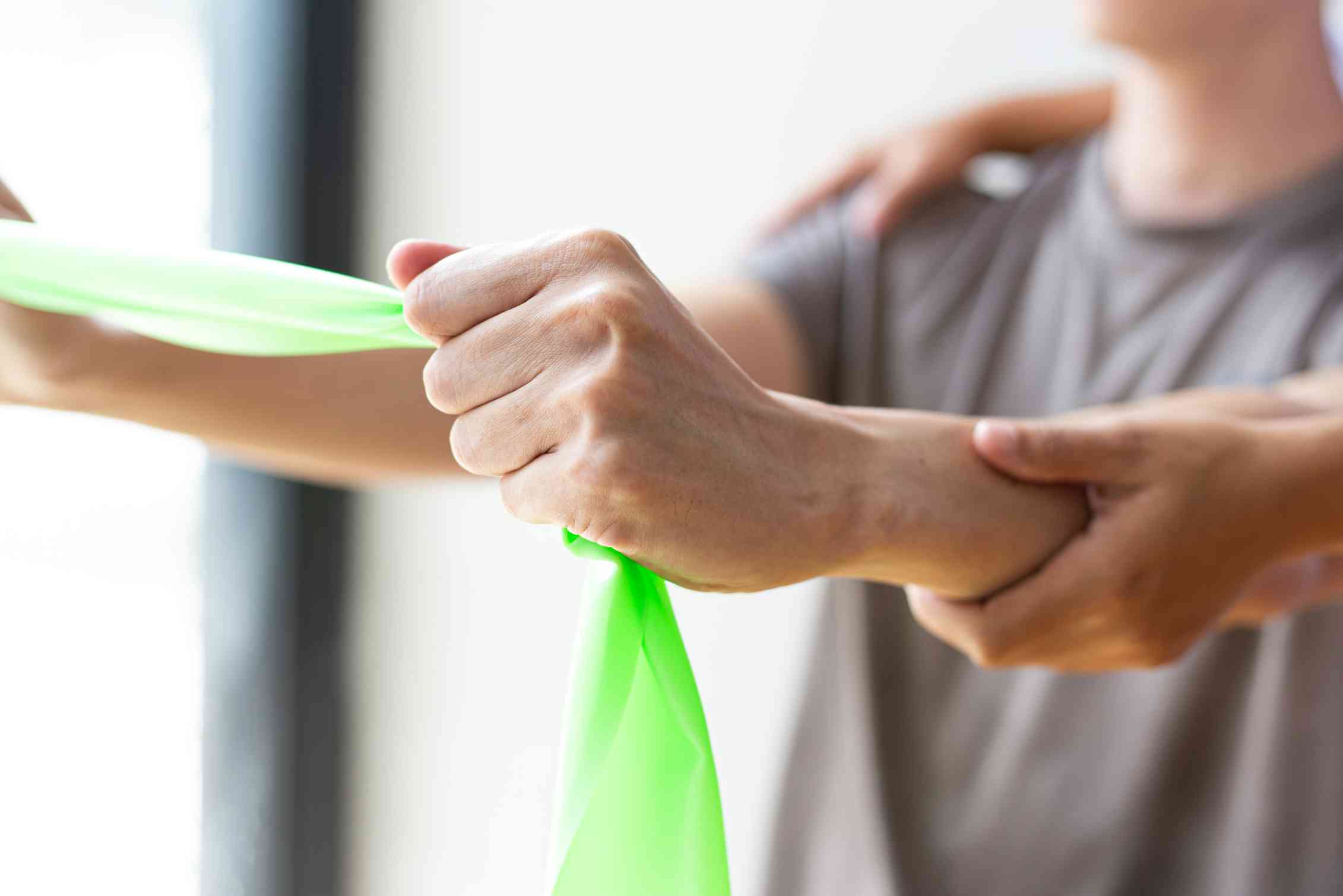
This article is part of a series providing school students with evidence-based advice for choosing subjects in their senior years.
From kindergarten to year 10, all Australian students follow the national health and physical education (HPE) curriculum. This expands in years 11 and 12 with a range of health and physical education selection options.
Depending on which state you live in, you may be able to do year 11 and 12 health and physical education subjects such as physical education (by itself), sport science, health studies, personal development, athlete development, food and nutrition, outdoor and environmental studies, and sport and recreation. These subjects include a variety of practical and theoretical options.
When deciding which subjects to do in years 11 and 12, it is important to consider your interests and study load, as well as what you want to do after year 12.
Do you want to embark on university study, enter the workforce, learn a trade or something else? Sport and recreation is a common choice for industry preparation, with ATAR and higher education pathways also available. But there are other options, too.
What subjects can I do?
In recent decades a number of reports have indicated studying health and physical education in year 11-12 is becoming more popular.
In 2016, almost 40% of students aged 16 to 17 across Australia elected to enrol in health and physical education subjects in years 11 and 12. The PE subjects were slightly more popular among males, and health education among females.
Similarly, in New South Wales, trends show the proportion of senior secondary students studying health and physical education rose by almost 10% over the decade from 2008.
Read more: Choosing your senior school subjects doesn't have to be scary. Here are 6 things to keep in mind
Many subjects are available under the health and physical education umbrella – depending on where you live. Alongside the combinations of HPE or PE (by itself), these can include:
health studies and well-being are available in states such as Western Australia, South Australia, Queensland and Tasmania. Here you will learn about personal care and well-being and about where to find accurate health information. You can explore different dimensions of health such as physical, mental and emotional health — all of which can help you navigate busy and often stressful years at college
food and nutrition is available in states such as Tasmania and South Australia. This will teach you how to analyse nutrition and food information, food advertising and dietary trends. You will also explore what influences food choices, analyse how nutrition affects health and consider how secure and sustainable our food supply is
sport and recreation studies are available in states such as Queensland, Victoria and NSW. This subject can make you more aware of the many local organisations and experiences you can access for fun. It can also teach you how to get engaged in physical activities with your friends and family, and work with a local council to organise community sporting events
athlete development is available in states such as Tasmania. This can allow you to develop in your chosen (team or individual) sport through specialist coaching. You can learn about things like how to train effectively and prevent and recover from injuries
outdoor education is available in states such as Victoria, South Australia and Western Australia. This will give you exposure to many different activities, such as rafting, kayaking and climbing, that you probably would not be able to normally access. Experience in adventure activities is useful if you want to work as a recreational guide, with skills to lead and manage outdoor groups
For students who want to continue studying health and physical education at university as part of training to be a teacher, subjects that relate to sport science such as biology, chemistry and physics are highly recommended and scaled well towards ATAR scores in 2020.
They are also a great foundation for courses in exercise science, health promotion, nutritional sciences and physiotherapy.
What else will I learn?
Studying health and physical education in senior secondary school can give you an insight and appreciation of how our psychology, social networks, culture, environments and bodies all connect to influence our activity behaviours and overall physical performance.
For instance, when planning how to get people moving and performing well, you might consider a person’s motivation, the type of people to train with, the types of facilities available and levels of training preparation.

Many students choose senior secondary health and physical education for future careers relating to movement and the body. These include coaching, teaching, sport science, nutrition and recreation. Others may simply want to better understand how to plan and promote active and healthy lifestyles.
Read more: Thinking of choosing a science subject in years 11 and 12? Here's what you need to know
Studying health and physical education can lead to improved confidence in your movement, ability to make decisions and to develop teamwork and leadership skills that will help across life. These skills are transferable across a range of other professions such as management, policing and the defence forces.
Keeping active in the senior years
Across Australia, schools are expected to deliver at least two hours of planned physical activities each week to students until year 10.
But there is no time requirement for schools to deliver physical activity in the senior years.
Global reports indicate physical activity reduces through adolescence and to some extent into adulthood. Researchers suggest the decline is most often due to a lack of time, followed by the amount of resources available and the level of school support to get students moving.
Physical activity is vital to buffer stress in senior schooling. Even a few brief periods of four to eight minutes of intense activity such as push-ups in class each week can help senior students’ mental health, learning engagement and overall fitness.
Read more: How much physical activity should teenagers do, and how can they get enough?
Although taking health and physical education in years 11 and 12 does not have the same requirements to get you moving regularly as in the earlier stages of school, you will have the opportunity to develop a deeper appreciation of what you need to do to get moving on your own.
If physical education is just not your thing, still make sure you get at least one hour of activity each day that “makes your heart beat faster” to weather the stress of the final years of school and the evolving pandemic and to set up healthy habits for adulthood.
The authors do not work for, consult, own shares in or receive funding from any company or organization that would benefit from this article, and have disclosed no relevant affiliations beyond their academic appointment.